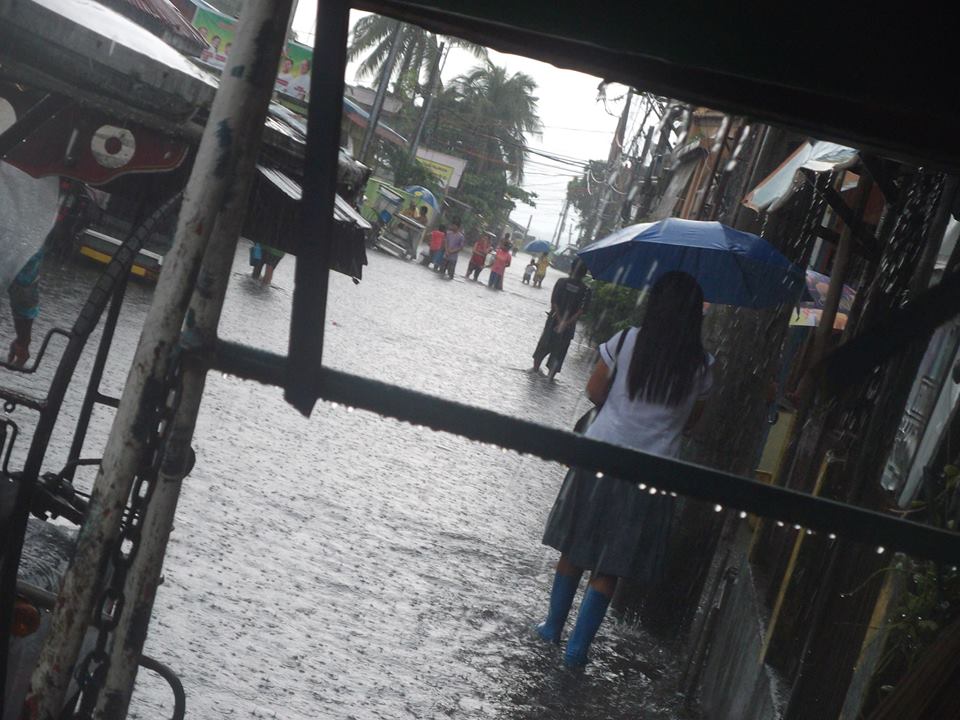One of the most common heard diseases during the rainy season, but this should be taken seriously in all seasons.
Leptospirosis is common especially during wet months. Since flooded corners are the usual scenes in the Philippines during these months, getting infections from contaminated waters are also high. This disease can be the most common infection that humans get from animals, as this is also endemic in tropical countries including the Philippines.
This is an infectious disease caused by bacteria that resembles a screw or spiral or a spring that is why it is considered a “spirochetes”.
There are two species known in the Philippines by the medical community. The Leptospira Interrogans and the Leptospira icterohaemoragica.
Dr. Irineo Bernardo, former president of the Philippine Medical Association and a family medicine specialist said that the bacteria from rodents or rats could affect humans even during the dry season. The infected rodent’s dried urine can affect people especially if the contaminated food is not exposed to direct sunlight.

“Humans get infected through contact with the mucosal surfaces of their body like the mouth, lips or by ingestion, or through breaks in the skin like wounds, abrasions or infected skin diseases. It thrives in the body fluids, urine of infected animals…not necessarily rats although many blame exposure to the urine of rodents as the main source,” Dr. Bernardo said.
Trends and statistics
Based on the recent statistics result of the Department of Health, from January to April this year (2019), a total of 406 leptospirosis cases were reported in the Philippines, with 47 deaths. Even if this is 57% lower compared to the same period last year, this should not be ignored. 88 cases come from the National Capital Region, followed by Region 5 with 77-recorded cases.
From these, 26% or 107 cases underwent laboratory tests for confirmation. 25 yielded positive results.
How humans get it
Once the urine entered the skin or mucous membrane of the person, the microorganism or “leptospires” invade the bloodstream and spread throughout the body. Persons can have fever low grade at first but the fever becomes very high
with chills as the leptospires multiply and are spread throughout the body.
The pathogenicity of leptospirosis is the result of the enzymes, toxins (endotoxins) and other metabolites released by the lysed spirochetes. Studies show that the destruction of the body capillaries is the result of mechanisms related to the release of toxins.
“With the destruction of the capillaries, hemorrhage follows but this hemorrhage is limited to the skin or mucosal surfaces. In severe cases, however, death may follow due to massive gastrointestinal bleeding or hemorrhage or bleeding of the vital organ like the kidneys,” Dr. Bernardo said.

Signs and symptoms could mimic any disease. What is important is the history and thorough physical examination.
Treatment
Prognosis is good once detected before renal or hepatic manifestations set in.
– Fluid replacement and control of fever and other symptoms are very important;
– Parenteral or intravenous administration of antibiotics;
– Penicillin, cefotaxime, doxycycline, and ceftriaxone have shown a favorable response from affected patients
– For mild cases, oral doxycycline is given.
“The disease according to Dr. Bernardo is endemic in Region I, NCR, IX, and XI. Less than 1% of the population is affected but the average can rise to 1.5 to even 3 per 100,000 populations especially during the rainy season especially in areas inundated by floodwaters,” Dr. Bernardo added.
DOH also warned the public about the yearly cases of leptospirosis. Avoid swimming or wading in potentially contaminated or infected floodwater. Use proper protection like boots and gloves when work requires exposure to contaminated water.
Also, drain potentially contaminated water if possible, and control rats in the household using rat traps or rat poison and maintain proper sanitation in the house.
Photos by: Stanley Buenafe Gajete




